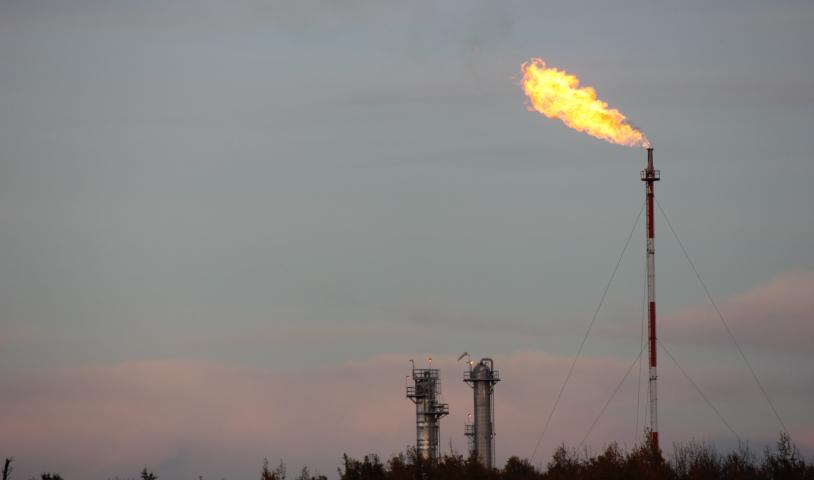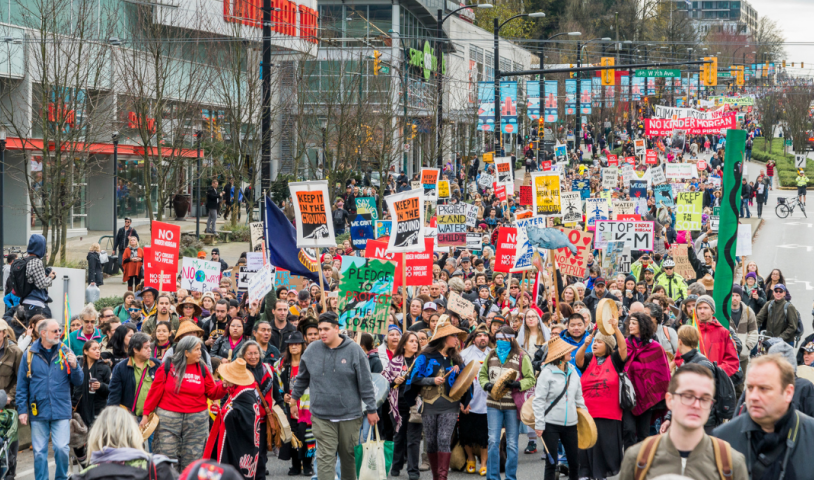Vaughn Palmer: Focus on Site C has reduced power options
Monday, May 12, 2014
Political calculations have long trumped sound energy policy making in B.C.
Based on the current state of knowledge, there’s no certainty about the extent of the geothermal resource in the B.C. or the cost of developing it.
VICTORIA
The joint review panel on Site C this week provided stimulating insights into how the B.C. Liberals, in concert with BC Hydro, have narrowed the range of options for satisfying the future power needs of the province.
Take the case of geothermal power, meaning electricity generated by tapping into geological hot spots beneath the surface of the earth.
The panel report, citing Hydro, says that geothermal sources could supply “700 megawatts of potentially cost-effective clean or renewal power,” versus 1,100 megawatts for Site C, and at a comparable price.
Debatable. But the panel’s point is that based on the current state of knowledge, there’s no certainty about the extent of the geothermal resource in the province or the cost of developing it.
Hydro was urged by the B.C. Utilities Commission some 30 years ago to research the provincial opportunities for geothermal and other unconventional energy sources.
“But little was done,” says the panel, meaning then or since. Hydro staff advised the panel that current spending on proving up the geothermal resource was “under $100,000 a year. As of the end of last year, Hydro had already spent $314 million researching, planning, surveying, analyzing, consulting and otherwise compiling paperwork on Site C.
“We don’t really have the funding to do research and development,” a Hydro staffer advised the panel. “In fact, we’re not expected to do that.”
Not expected by whom? The provincial government. For as the panel went on to note, even if Hydro knew the full extent of the provincial geothermal energy resource, “it is forbidden by policy to develop it.” The Liberals have reserved that option “for independent power producers,” but so far none have put in bids along those lines.
The cabinet-imposed limitations on Hydro’s ability to develop alternative power sources may go a long way to explaining why the government-owned utility hasn’t invested much in exploration, research and engineering of those options.
“The consequence,” reported the panel, “is that there is less confidence in the costs of the alternatives than with Site C; likewise, the understanding of the environmental costs of alternatives is necessarily generic.”
Another arbitrary government directive that drew more than passing skepticism from the panel was the Liberal insistence that Hydro develop, construct or otherwise acquire enough domestic power to make B.C. self-sufficient in electricity.
“Taken literally this means a B.C. disconnected to the outside world,” observed the panel. “Truly strange for a province that relies on trade, and a long way from its recent history.”
Self-sufficiency was touted by the Liberals as a major step on the road to developing power for export, which was also their initial vision for Site C — it would produce surplus electricity for sale south of the border.
But as the panel noted, Hydro’s current projection is that would lose $800 million on the first four years of operations on the project, because the surplus power that would be produced by the project would have to be sold at a substantial loss.
Other instructive passages in the report deal with the way the B.C. Liberals have repeatedly interfered with Hydro’s finances by extracting dividends from the company, charging discriminatory rates for the use of the provincial water resource, and blocking approval for necessary rate increases to cover capital costs.
By postponing rate increases, the net effect has been to force the Crown corporation to shuffle hundreds of millions of dollars in current-day spending into myriad deferral accounts, for repayment in future.
“In effect, the province has been increasing the total of its debt, while classifying BC Hydro’s portion of it as being supported by rates it did not allow Hydro to charge,” the panel found. “The effect is to reduce the free cash flow BC Hydro has to support Site C, thus requiring more borrowing, which exposes Hydro and the government to interest rate and possibly exchange rate risk.”
Other cabinet-imposed distortions identified by the panel included “fictional” earnings, “no real equity,” “unfunded mandates” and “artificially reduced” capital costs. All of which makes it difficult to impossible to compare the cost of developing Site C to other options, including conservation and private power.
“Such an accounting marvel should not be allowed to drive choices that would affect the B.C. economy and landscape for many decades,” wrote panel in a singularly withering passage. “The panel cannot be confident that the independent power alternatives versus the BC Hydro alternatives, or supply versus demand management alternatives, are accurately valued.”
Given all those uncertainties, the panel in its closing reflections said that much as it recognized that the province will need more power in the future, it could not say that Site C is the answer for now.
What a mess, much of it traceable back through the board room at BC Hydro to the cabinet rooms of successive B.C. Liberal administrations.
“There’s no politics involved in it at all,” insisted cabinet minister Bill Bennett this week defending the handling of Site C against the criticisms from the panel.
But as I read the report, political calculations have repeatedly trumped sound energy policy making in this province.
Photo: A section of the Peace River Valley that would be flooded if the Site C Dam goes forward - photo by Don Hoffman.





